Diaper Cost and Count Calculator
Everyone knows that babies use a lot of diapers. But until I became a parent and actually bought them with my own money, again and again, I didn’t appreciate exactly how many they need. I didn’t fully grasp the number and bulk of diapers that would be flowing into and out of my house. And since I bought them over a period of many years I didn’t really know how expensive they added up to be. It was only after I was well into the diaper years that I began to do some calculations of how many I bought and how much they cost. The single biggest factor that will determine the number of diapers you need to buy altogether is the number of years your child needs them. The average length of time is around 2 years, but some kids are ready to be potty trained at 18 months and some not until they’re 4 years old.
Diaper Sizes and Amounts
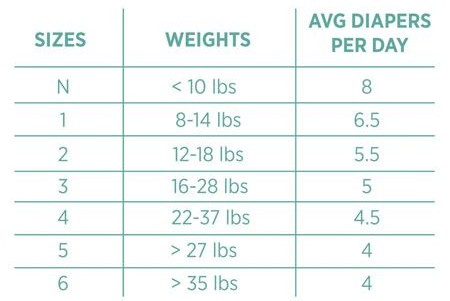
Here’s the cheapest places to buy diapers:
Amazon
Walmart
Target
Amazon
![]()
What I really love about shopping for diapers on Amazon is that they show the cost per diaper for each box they sell. You can also read customer reviews to see exactly what others liked or didn’t like about a particular brand or style of diaper. And I tend to trust Amazon reviews a bit more than on other sites. The cheapest diaper I found was by Luvs and was $0.13 each.
Walmart
![]()
Walmart is so convenient to so many people, and has consistently low prices. So there’s a good chance you’ll be buying some diapers from them. And their Parents Choice diapers are some of the cheapest you’ll find anywhere. The last time I looked they had diapers for $0.10 each.
Target
![]()
I probably bought more diapers from Target than anywhere else. Why? Because they had a deal of one sort or another so often. Another reason is that, as a RedCard holder, you save 5% off everything at Target all the time. And now you save a total of 15% on some subscription diapers, wipes, and formula when you use your debit or credit RedCard as payment type.
Here’s How Much Diapers Cost and How to Save Money
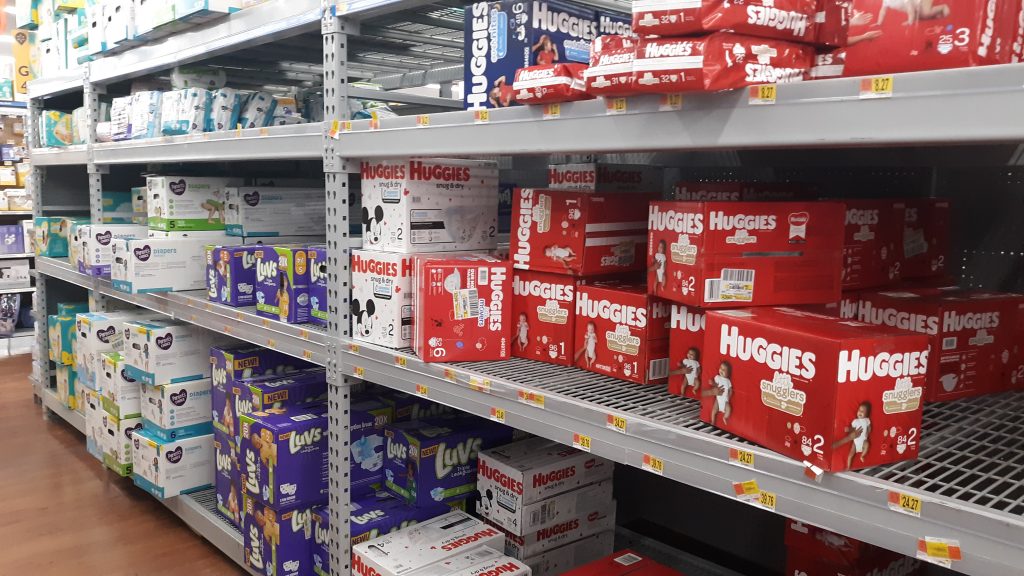 Diapers are messy. But they’re also a temporary money pit. As a new parent, the first few months are a blend of excitement and exhaustion—the result of sleepless nights and frequent diaper changes. But do you know exactly how many diapers your baby will use in the first year of life and how much they’ll cost? Read on to learn about the financial commitment and how you can save some money.
Diapers are messy. But they’re also a temporary money pit. As a new parent, the first few months are a blend of excitement and exhaustion—the result of sleepless nights and frequent diaper changes. But do you know exactly how many diapers your baby will use in the first year of life and how much they’ll cost? Read on to learn about the financial commitment and how you can save some money.
The average infant urinates as often as every 1 to 3 hours or as infrequently as every 4 to 6 hours, according to the National Institute of Child Health and Human Development. In hotter climates and during warmer weather, this output can decrease by as much as 50% and still be normal. If you take the average of 3 hours, this equals about 8 pees, or diapers, per day. Some of these will also overlap with poops. As a baby’s bladder grows, the number of soiled diapers will decrease. Each baby is different, so the final yearly count will depend on a few factors. These can include:
- Weight of newborn. Was your baby premature (born before 37 weeks of pregnancy)? Or was he or she bigger than 9 pounds? The average birth weight for a baby is between 5 lbs 8 oz (5.5 lbs) and 8 lbs 12.8 oz (8 lbs). A larger baby’s bladder holds more liquid, which may equal fewer diaper changes.
- Feeding method. Is your baby breastfed or formula fed? Breastfed babies may dirty diapers more often, while formula-fed babies may poop less often and be constipated more often. But breastfed babies may also go without a poop for 1-2 weeks, or even longer. The range of “normal” is pretty abstract when it comes to babies’ bowel movements. Also, babies fed only a liquid diet—from 0-6 months of life—will wet more diapers. When a baby starts solid food that requires more digestion, the output frequency will decrease.
- Character/Appetite. Does your baby eat more than average? Babies, just like adults, have different personalities and appetites. Some like to eat more than others. There is also evidence that babies who are bottle-fed may eat more than babies who are not. This can affect how often you change diapers—the more a baby eats, the more diapers he or she may use.
As babies’ digestive systems mature and they start sleeping through the night, the number of soiled diapers will decrease once again. By the end of the first year, the average child goes through 5-6 diapers a day. So, based on the average baby’s weight and growth (female and male), and the average number of dirty diapers per day, a baby will need around
2,450 diapers in the first year.
Use the diaper calculator on this page to more accurately estimate the total number of diapers for your baby.
The Perfect Diaper
Once you have the magic number, you’ll need to choose a diaper brand that is comfortable for your baby. Consider a few things:
- Shape of body. Babies come in all shapes and sizes.
- Look for a snug, not tight, fit. Nothing should rub or leave marks on baby’s skin; the diaper may be too small. Always check for a proper fit.
- Materials. Babies have delicate, sensitive skin.
- Ensure your baby isn’t bothered by any of the diaper’s components. If your baby has prolonged red, irritated skin, please consult your pediatrician.
It’s a good idea to try a few different brands before you become a devotee. A service like Diaper Dabbler sends diaper sampler packages to help parents find the right diaper for their baby—a good fit, no rashes or leaks.
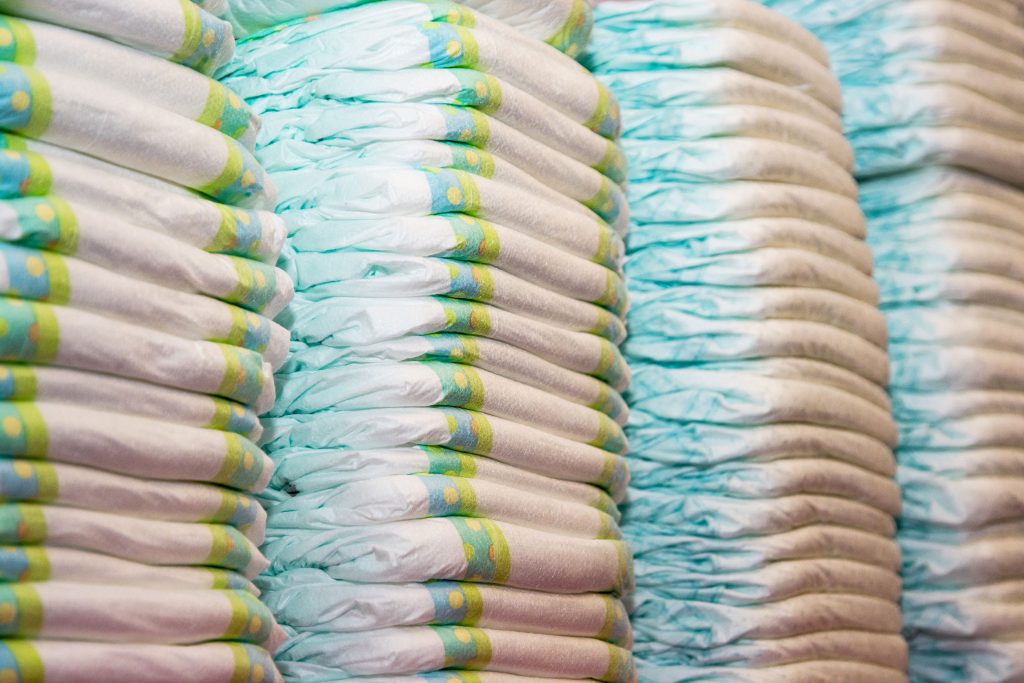
$ Saving Tips
When you’ve found the ideal diaper, follow these tips to save money:
- Cut Coupons. Most major diaper brands offer coupons directly on their Web sites. If you have the time to print and cut coupons, you can save $0.50 – $3.00+ on each bag/box of diapers.
- Buy in Bulk, Buy on Sale. Usually, the larger the package, the cheaper the price per unit (also true for wipes and formula). Always calculate the price per unit, not per container, to see the real cost of each diaper. Amazon does a great job of listing the unit price of diapers on their site. Most other retailers don’t do this. If your baby just started a new size, buy the biggest box available. Wholesale stores such as Costco® and Sam’s® are handy for this. When you see a sale and your baby isn’t close to switching sizes, you can also stock up on diapers—granted you have the room to store them.
- Join Rewards Programs and Subscriptions. Similar to coupons, well-known brands have rewards programs for diaper and wipe purchases. You can access them through the brands’ apps and redeem points for merchandise and gift cards. Subscriptions, where diapers are shipped every few weeks or months—you choose the frequency—are also available through places like Amazon®, Target® or a brand’s own website. They can save you 5% – 20% each time.
- Buy Bundles. Sometimes, bundles such as diapers + wipes, can save your family up to 20% off. What’s available from each brand or store varies.
- Ask for Gift Cards. If you’re having a baby shower, register for gift cards or create a diaper fund. Any little bit helps.
- Don’t “Over” Change. You may be tempted to change your baby on a schedule—for example, every 3 hours. However, sometimes, your baby will pee less. Some days, he or she won’t poop at all. Check your baby’s diaper and change it when necessary. But if it’s dry, don’t change it just because a certain amount of time has passed. To know what a “wet” diaper feels like, pour 3 tablespoons of water into a clean diaper.
- Use Reusable Diapers (or a combination method). This isn’t for everyone. But if you’re looking to save a significant amount of money, cloth diapers are the way to go—more prep, more laundry, less waste.
- Try Elimination Communication (EC). To use the least number of diapers and to save the most money, you can try EC. It’s a bigger time commitment, but it can pay off at the end when your child is potty trained by 18-24 months.
IMPORTANT TIP: Don’t overspend on newborn size diapers. Most babies of average weight outgrow this stage and diaper size by 6 weeks of age.
So, whether you’re waiting for your bundle of joy to arrive, or are already in the thick of sleepless nights and the marathon of frequent diaper changes, remember that everything is temporary. One day, your baby will be a potty-trained toddler. By then, it’ll be something else that’s tugging at your wallet.
If I could pass on 2 pieces of advice to new parents, these would be it:
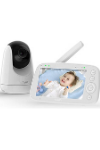
1. Get a good baby monitor
You’ll be using it all the time to check on every sound you hear and to check your baby’s sleep status. Get a good one from the start. This one gets super high reviews on Amazon.
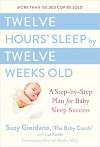
2. Use this sleep training book
There’s no need to pay a consultant thousands of dollars. And there’s certainly no need to suffer through sleepless nights any longer than necessary. I used the simple method described in this book on both of my kids and it worked perfectly.
0
Total # of Diapers You’ll Likely Need the First Year
